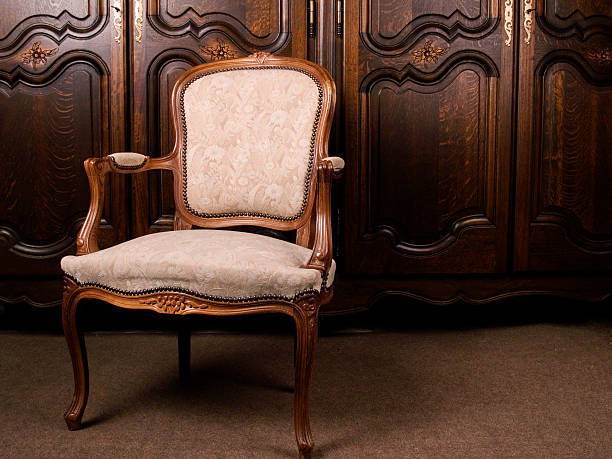Moving antique furniture requires careful consideration and attention to detail. These pieces hold not just monetary value, but also historical and sentimental significance. To ensure their preservation during relocation, it’s crucial to follow a set of dos and don’ts by Brooklyn Movers. Let’s explore the essential guidelines for moving antique furniture safely and securely.
Dos:
Do Plan Ahead: Start planning your move well in advance to minimize stress and ensure adequate time for preparation. Assess the size, weight, and fragility of each antique piece to determine the necessary packing materials and manpower.
Do Secure Fragile Parts: Before moving any antique furniture, ensure that fragile components such as legs, arms, or decorative elements are securely fastened. Use bubble wrap, furniture blankets, or foam padding to protect delicate areas from damage during transit.
Do Disassemble Carefully: If possible, disassemble larger antique pieces to make them easier to transport. Label and bag small hardware pieces and screws, and keep them together with the corresponding furniture item to avoid confusion during reassembly.
Do Use Proper Packing Materials: Invest in high-quality packing materials such as sturdy boxes, bubble wrap, packing peanuts, and furniture blankets. Wrap each piece individually to provide cushioning and protection against scratches, dents, and other damages.
Do Lift with Proper Technique: When lifting antique furniture, always bend your knees and use your legs to lift rather than your back. Enlist the help of others for heavy items to prevent strain or injury. Use lifting straps or furniture dollies for added support and stability.
Do Securely Fasten in Transit: Once loaded onto the moving truck, secure antique furniture with straps or ropes to prevent shifting during transit. Place heavier items at the bottom and lighter ones on top to maintain balance and stability.
Do Monitor Climate Conditions: Antique furniture is sensitive to fluctuations in temperature and humidity, which can cause warping, cracking, or other damage. During transit, ensure that the moving truck is climate-controlled to maintain optimal conditions for preservation.

Don’ts:
Don’t Drag Across Surfaces: Avoid dragging antique furniture across floors or other surfaces, as this can scratch or damage both the furniture and the flooring. Lift each piece carefully and use furniture sliders if necessary to minimize friction.
Don’t Overpack Boxes: While it’s essential to provide adequate cushioning, avoid overpacking boxes with too many items or excessive padding. Overpacking can increase the risk of damage during transit and make the boxes heavier and more challenging to lift.
Don’t Stack Heavy Items on Top: Avoid stacking heavy boxes or furniture items on top of delicate antique pieces, as this can crush or compress the wood and cause structural damage. Keep antique furniture on the top layer of the moving truck to prevent crushing.
Don’t Expose to Direct Sunlight: During loading and unloading, avoid exposing antique furniture to direct sunlight, as prolonged exposure can fade or discolor wood finishes and upholstery. Keep the furniture shaded and protected from UV rays whenever possible.
Don’t Rush the Process: Moving antique furniture requires patience and precision. Avoid rushing the process to meet tight deadlines, as this can lead to careless mistakes or mishandling. Take the time to pack and transport each piece with the utmost care and attention to detail.
Moving antique furniture demands careful planning, proper packing, and gentle handling to ensure its safe arrival at its destination. One of the best ways to move your antique furniture is to contact professionals like Slick Moving – A moving company for stress free transportation of your furniture.

